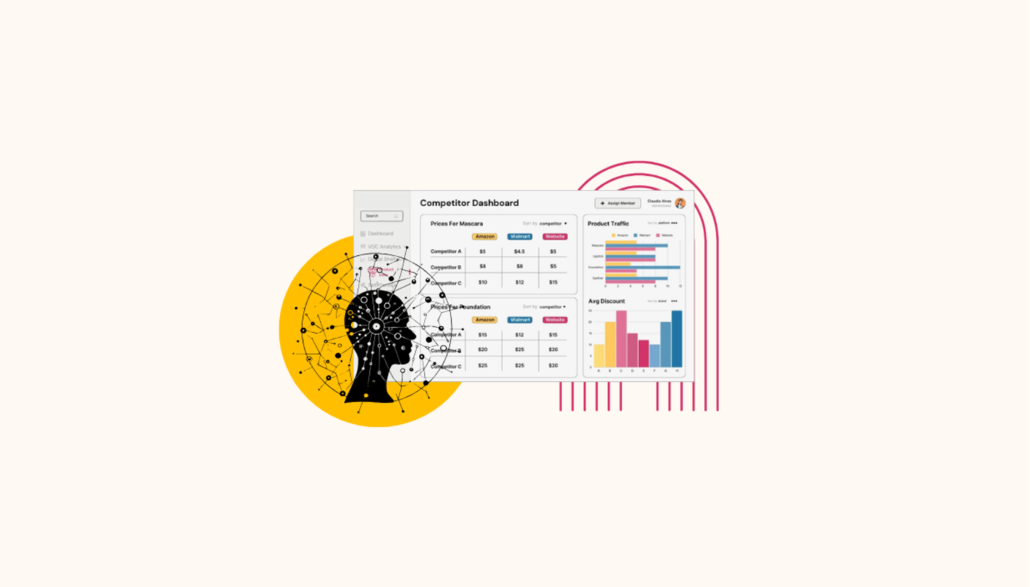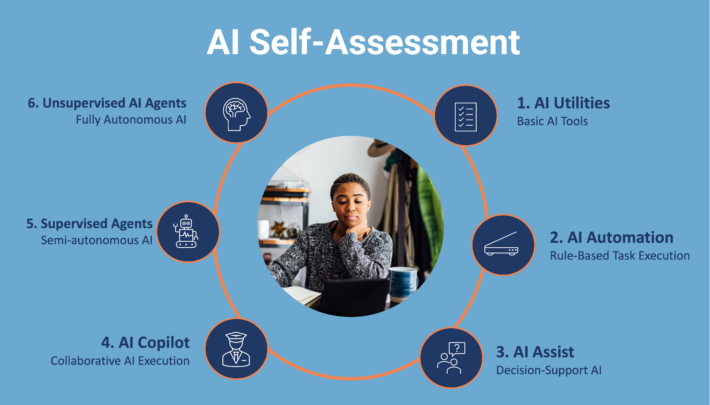A Data-Driven Approach to Choosing an AI Strategy

At Xima, I knew artificial intelligence would play a pivotal role in the future of call center technology. The challenge wasn’t whether to incorporate AI, but rather how to do so in a way that delivered the most value to our customers.
After extensive research, testing, and customer outreach, we identified seven key areas where AI could make an impact:
-
Interactive Voice and Chat Bots – Automating customer interactions with AI-driven virtual assistants.
-
Agent Assistance – Providing real-time guidance and support to human agents.
-
Call Routing – Using AI to optimize call distribution based on intent and agent skillset.
-
Speech Analytics – Transcribing and analyzing conversations to derive actionable insights.
-
Note Taking/Summarization – Automating post-call documentation to improve efficiency.
-
Workforce Management – Leveraging AI for smarter scheduling and staffing predictions.
-
Insights/Optimization Recommendations – Transforming raw data into actionable strategies for call center performance improvement.

Each of these options presented compelling opportunities. However, after careful evaluation, I ultimately decided to focus our AI efforts on Insights and Optimization Recommendations. Here’s why:
1. Unmatched Data Collection Foundation
Xima has spent years refining our data collection capabilities, creating a robust repository of call center metrics.
This foundation provided a perfect launchpad for AI-driven insights, allowing us to extract meaningful trends and recommendations from a wealth of historical and real-time data.
2. Enhancing Our Core Strengths
One of Xima’s standout value propositions has always been our custom report generation and dynamic dashboards. Instead of introducing an entirely new AI-driven feature set, we saw an opportunity to supercharge our existing offerings. By integrating AI into our reporting and analytics, we empowered customers to make smarter, faster, and more informed decisions.
3. A Clear Competitive Advantage
Surprisingly, no competitors had taken significant steps to develop AI-powered data insights in the way we envisioned. While many in the industry were rushing toward chatbots and agent assistance, we saw an underserved need: providing businesses with AI-driven recommendations to optimize their operations. This strategic decision allowed us to differentiate Xima from the rest of the market.
4. Direct Customer Demand
Through customer outreach, we learned that small to medium-sized businesses—our ideal customer profile (ICP)—were especially interested in AI solutions that could directly improve decision-making. While automation and conversational AI were intriguing, SMBs expressed a stronger need for tools that could help them optimize performance, improve efficiency, and drive revenue. This validated our hypothesis that AI-powered insights were the most valuable path forward.
The Success of Our AI-Driven Insights
After launching our AI-powered Insights and Optimization Recommendations, we saw tremendous adoption and customer enthusiasm. Call centers using the feature report improved decision-making, better resource allocation, and increased agent performance. More importantly, our AI-driven recommendations have helped businesses refine their customer service strategies with real, data-backed insights.
Looking Ahead
AI is not a one-time investment; it’s an evolving capability. As we continued refining our insights engine, I explored other ways to further integrate predictive analytics, real-time decision support, and automation into our platform. The goal remained the same: empowering businesses to make smarter decisions with the data they already have.
By focusing on our strengths, listening to our customers, and staying ahead of market trends, Xima positioned itself as a leader in AI-driven call center optimization.



